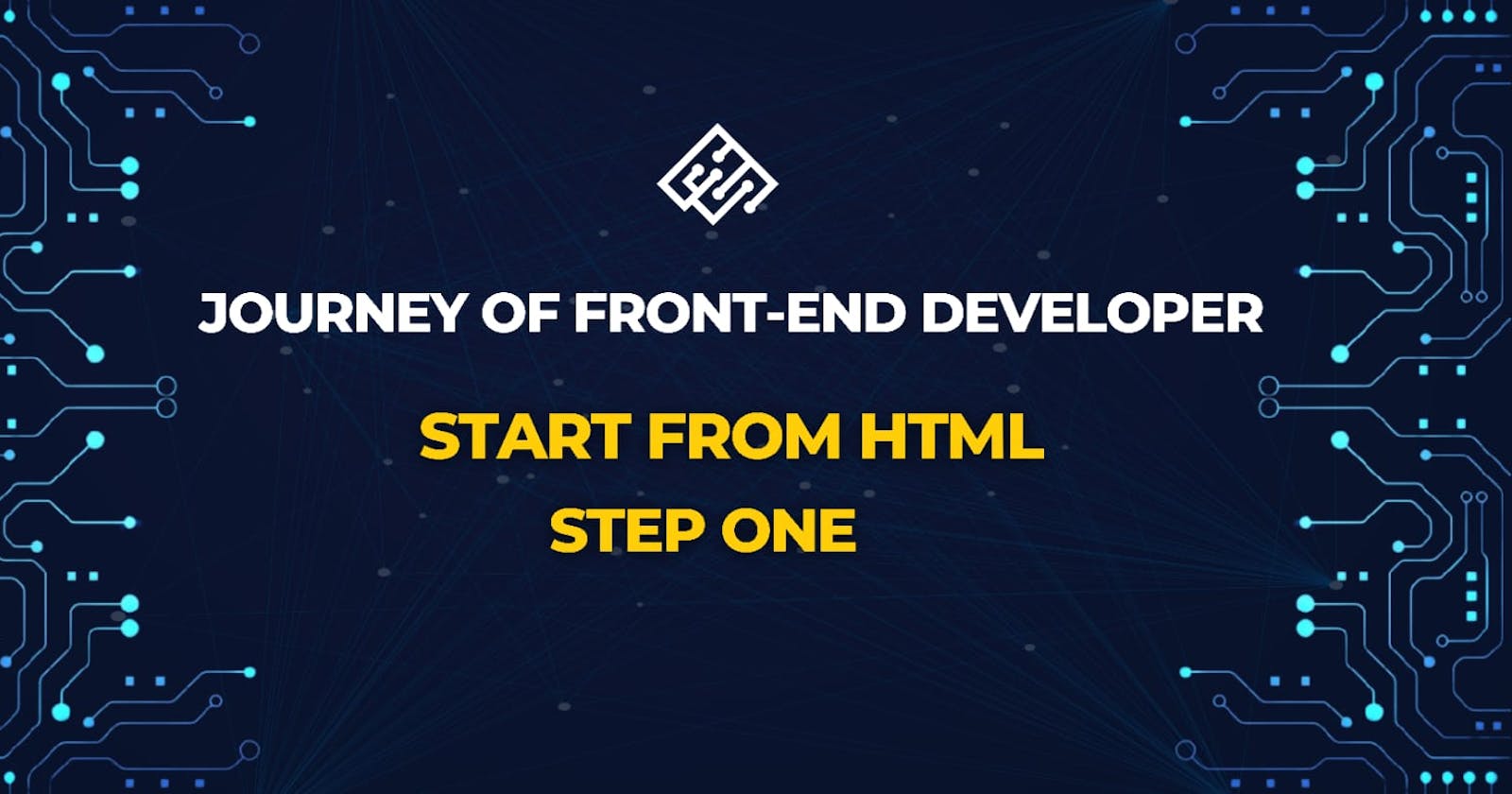Journey Of Front-end Developer Start From Html step One is Html
HTML (Hypertext Markup Language)
Table of contents
No headings in the article.
As a front-end developer, it's essential to have a good understanding of HTML since it forms the foundation of every webpage. Here are some key concepts and skills that you need to learn as part of your HTML frontend developer roadmap:
Basic HTML syntax: This includes understanding the basic structure of an HTML document, including the doctype declaration, HTML tag, head tag, and body tag.
HTML elements: HTML elements are the building blocks of a webpage, and it's essential to know how to use them to create a well-structured and accessible website. This includes understanding block-level elements, inline elements, and the various types of semantic elements (such as headings, paragraphs, and lists).
Attributes: HTML elements can have attributes that provide additional information or functionality. For example, the "alt" attribute is used to provide alternative text for images, while the "href" attribute is used to define a link.
Forms: Forms are a crucial part of many websites, and as a front-end developer, you'll need to know how to create and style them using HTML. This includes understanding form elements like input fields, checkboxes, radio buttons, and dropdown menus.
Accessibility: Creating accessible websites is essential, and HTML provides a range of features to help you do this. For example, you can use the "alt" attribute to provide alternative text for images, and the "label" element to associate form labels with input fields.
HTML5: HTML5 is the latest version of HTML, and it includes a range of new features and elements that are designed to make it easier to create modern, responsive websites. As a front-end developer, you'll need to have a good understanding of these new features, including the new semantic elements, video and audio elements, and canvas elements.
Best practices: Finally, it's essential to follow best practices when working with HTML. This includes writing clean and well-structured code, using appropriate semantic elements, and ensuring that your code is accessible and optimized for performance.
In summary, HTML is a fundamental skill for any front-end developer, and it's essential to have a solid understanding of the basic syntax, elements, attributes, and best practices. By mastering these concepts and skills, you'll be well on your way to creating beautiful, accessible, and functional websites.

